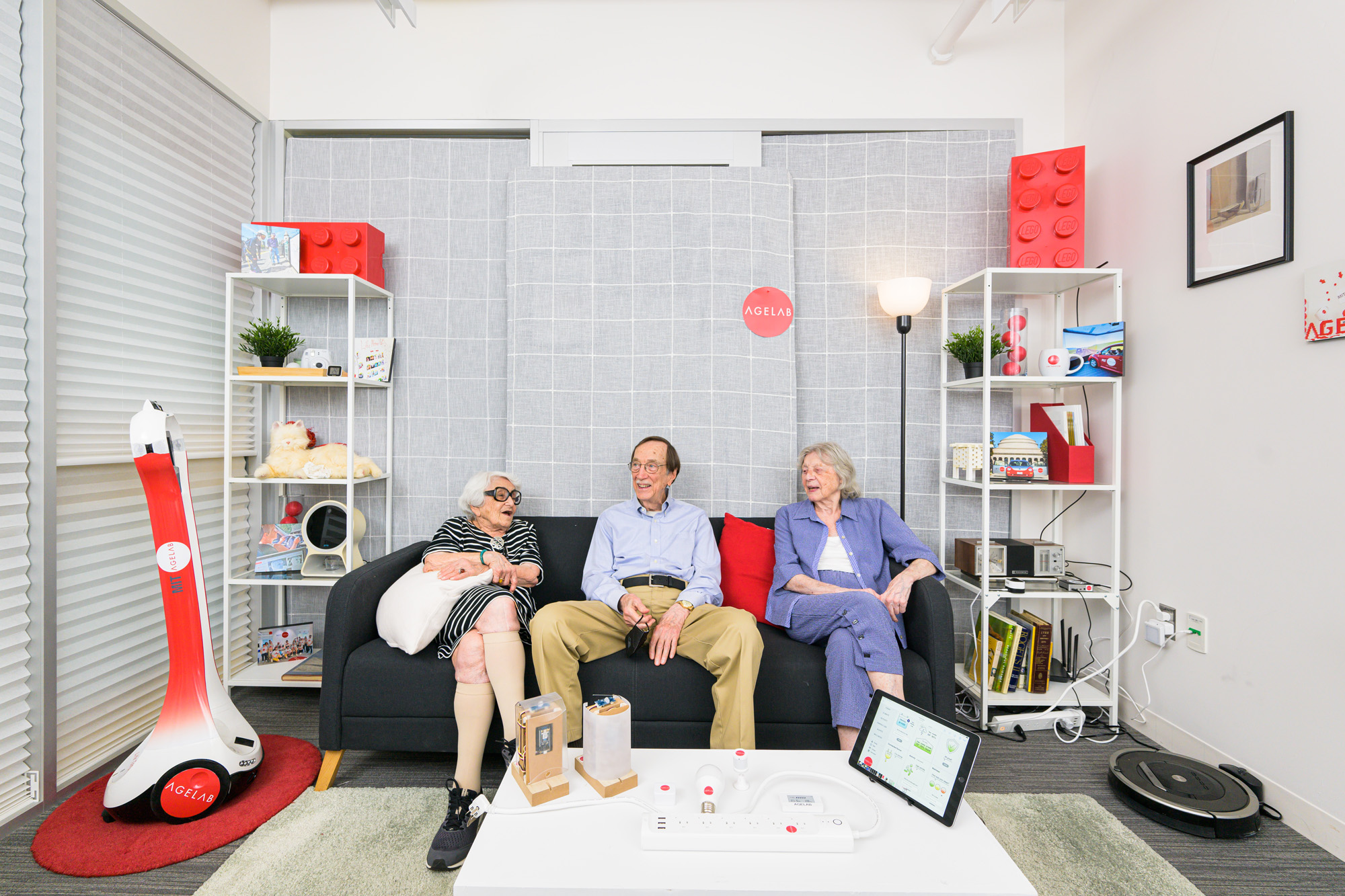Home, not just a place to live, but a platform of connectivity and care
For many of us, the idea of growing old where we’ve built a lifetime of memories—our home—is comforting. A majority of people over 50 say they want to "age in place." But in today’s world, this concept is much more complex than simply staying in the same house.
As life expectancy increases, the home is evolving from a sanctuary of memories into a dynamic platform that integrates services, technology, and healthcare, designed to meet the needs of aging individuals. A recent study from the Centers for Medicare and Medicaid Services (CMS) shines a light on this shift, highlighting how homes are transforming into extensions of hospitals through initiatives like the Acute Hospital Care at Home program. Patients who receive hospital-level care at home have better outcomes, including lower mortality rates, compared to those in traditional hospitals. This shift is not only about improving health but also creating a model for healthier, and perhaps more affordable care.
This is where longevity planning comes in. Retirement is no longer just about finances—it's about preparing for quality of life in older age. That preparation must include rethinking the role of the home. Instead of focusing solely on superficial updates like a kitchen remodel to eliminate that gross 1980s avocado green or adding a few grab bars in the bathroom, we need to consider the technological infrastructure required to support services that can enable aging in place.
Research conducted as part of the MIT AgeLab’s CareHive and C3 Home Logistics programs indicate that homes of the future will need to be equipped to engage with outside service providers seamlessly. AgeLab envisions ecosystems of companies and service providers delivering services to our homes that enable the choice to age wherever one chooses to call home. This means incorporating technologies like remote health monitoring, virtual caregiving, medication management devices, telemedicine platforms, nutrition services, and more. These innovations are essential to aging in place, providing both the convenience and connectivity needed to ensure comfort, independence, and care as we age. Furthermore, the integration of care services, like those in the Acute Hospital Care at Home initiative, allows for a personalized, at-home healthcare experience that can deliver better outcomes at a lower cost. Moreover, these high-tech features may provide a helping hand to family caregivers when high-touch is not available.
However, it’s clear that this approach isn't a one-size-fits-all solution. The CMS report found that hospital-at-home patients tend to be wealthier, live in urban areas, and have better access to care services. This indicates a need for broader accessibility and infrastructure development to support aging in place for diverse populations living in healthcare deserts, rural areas where fast broadband is rare, and for those unable to afford even basic connectivity, let alone the devices themselves.
The home is no longer just where we live—it's a key component of our living well in older age. Preparing our homes to accommodate outside service providers, integrate care technologies, and support healthcare delivery is essential to maintaining quality of life as we age. Aging in place may be the goal, but achieving it means rethinking what our homes need to be. Want to learn more about how the home is evolving and is a vital part of living longer, better, contact MIT AgeLab and learn what we and our company sponsors are doing to invent life tomorrow.

